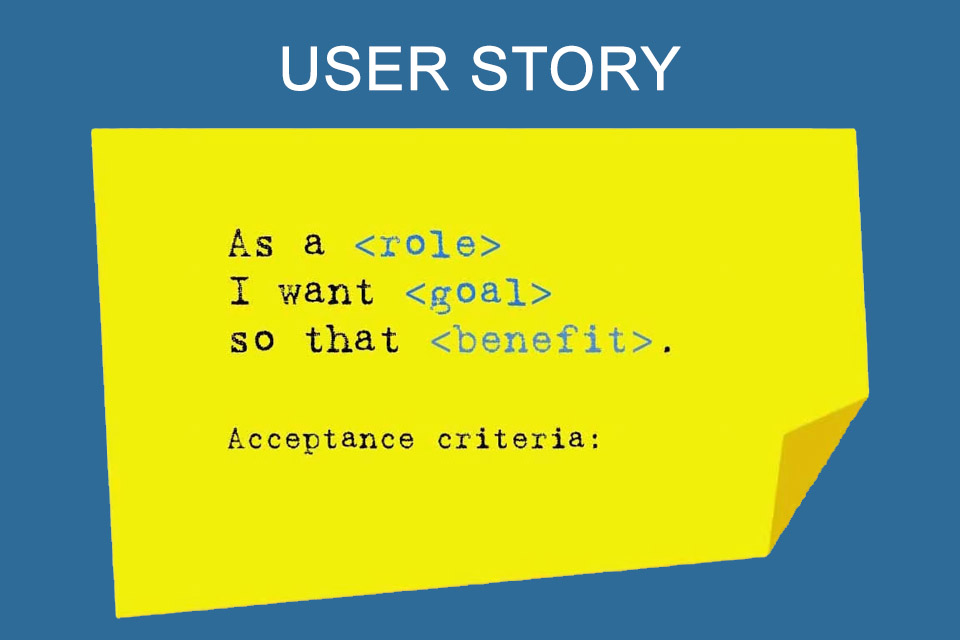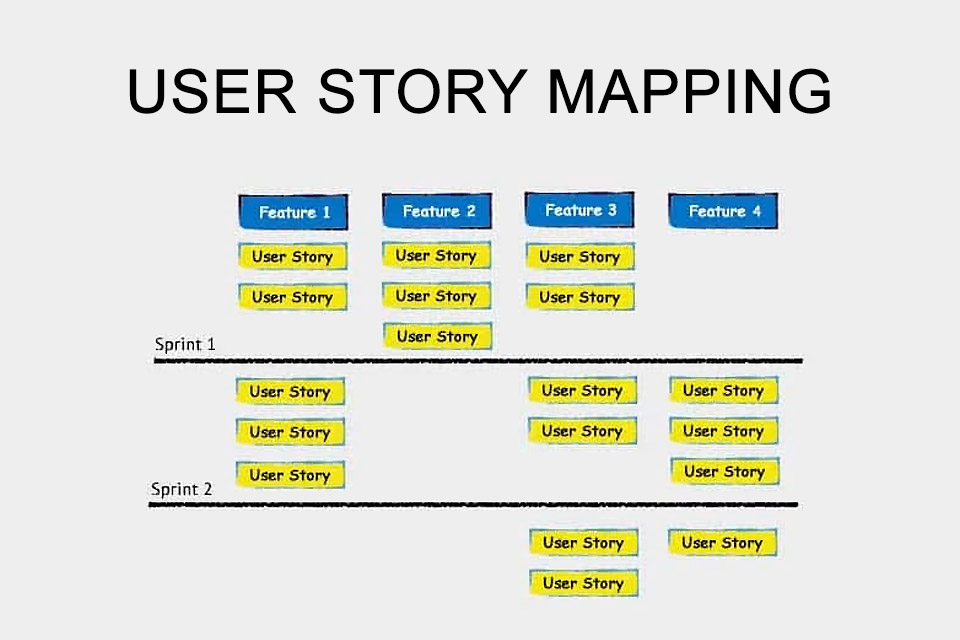What is the INVEST Principle?
INVEST principle – successful software development with good user stories
The INVEST principle is a helpful concept for creating high-quality user stories in agile software development. [1] INVEST stands for the following criteria:
- Independent: User stories should be designed in such a way that they can be implemented independently of each other. This makes planning and prioritisation easier, as there are no dependencies that could hinder implementation.
- Negotiable: A user story should not be considered a contract. A good story summarises the essentials, not the details. The details of the story can and should be clarified through discussions and negotiations between the parties involved.
- Valuable: Every user story should offer clear added value to the end user or customer. [2] Developers may have legitimate concerns, but these must be formulated in such a way that the customer perceives them as important. If the added value is not apparent, the story should be revised or possibly discarded.
- Estimable: A user story should be formulated in such a way that the development team is able to estimate the scope of the work. If a story is too large or too vague, it should be broken down into smaller, more estimable stories. Estimability is partly a function of negotiation, as it’s difficult to estimate a story that we don’t understand. It is also a function of scope: larger stories are more difficult to estimate. And finally, it’s a function of the team: what’s easy to estimate depends on the experience of the team.
- Small: User stories should be small enough to be completed within a sprint. [3] Larger stories, so-called epics, should be divided into smaller, manageable stories.
- Testable: A user story should have clear acceptance criteria that allow the implementation to be checked. Without these criteria, it is difficult to determine whether the story has been successfully completed. [4]
By applying the INVEST principle, teams can ensure that their user stories are clear, concise and actionable, leading to more efficient and successful software development.
The origin of the INVEST principle
William Wake – an American programmer, trainer and coach for agile teams who has been working with agile methods since 1999, starting with Extreme Programming (XP) – first introduced the INVEST principle in 2003 on his website XP123. XP123 is a resource for agile software development practices, especially Extreme Programming (XP). In one article, he described the principles that should be behind good user stories to make them effective and useful for agile teams.
The exact article in which he introduced the INVEST principle is entitled “INVEST in Good Stories, and SMART Tasks”. [5] In this article, he introduced the acronym and explained in detail how each component of the INVEST principle helps to improve the quality and usefulness of user stories.
Strengths and weaknesses of the INVEST principle
The INVEST principle offers numerous advantages and brings with it challenges that are not always immediately obvious.
One of the main benefits is the creation of clarity and comprehensibility in user stories. By adhering to the principles of the INVEST acronym, the likelihood of misunderstandings occurring within the team is reduced. This leads to more efficient communication and collaboration. In addition, the independence of user stories facilitates planning and prioritisation, as there are fewer dependencies that could hinder implementation. Teams can therefore react more flexibly and make adjustments without this having far-reaching effects on other parts of the project.
Another advantage lies in the improved estimability of user stories. If user stories are small and precisely formulated, teams can better estimate the amount of work involved. This leads to more realistic sprint planning and helps to minimise the risk of over- or underestimation. In addition, the principle of value ensures that every implemented functionality offers real added value for the user. This promotes a stronger customer focus and ensures that the team concentrates on the most important aspects.
However, there are also limitations and challenges when applying the INVEST principle. One of the biggest challenges is maintaining the independence of user stories, especially in complex projects. It is not always easy to create User Stories that are completely independent of each other, as there are often technical or business dependencies. This can limit the flexibility and adaptability of the team. In addition, while the negotiability of user stories can provide flexibility, it can also lead to delays if too much time is invested in negotiations and dilutes the clear definition of requirements.
The estimability of user stories can also be problematic, especially for new or technically challenging tasks. Teams may struggle to accurately estimate the amount of work involved, making planning more difficult. The principle of smallness requires a good understanding of the overall project in order to break down larger epics into manageable user stories. This can be time-consuming and requires careful analysis and planning.
Testability is of course an important criterion, as clear acceptance criteria ensure that the implementation meets customer requirements. Without clear test criteria, it is difficult to determine whether a user story has been successfully completed. However, consistently defining these criteria can also be time-consuming and requires discipline and diligence.
Another point that is not immediately obvious is the practical application of the INVEST acronym in everyday life. The question arises as to whether team members actually have the acronym in mind when they record user stories and whether it really helps them to split the stories effectively. This shows that the theoretical advantages of the principle can only be realised if the team is appropriately trained and disciplined. The consistent application of the INVEST principle can be a challenge in practice, especially when teams are under time pressure or when members have little experience with agile methods.
Overall, the INVEST principle offers valuable guidelines for the creation of user stories and provides significant support for agile development. However, its application in practice requires discipline, experience and continuous training of the team to overcome the challenges mentioned and to ensure that the user stories are truly effective and useful.
Impulse to discuss
What can you do to ensure that the INVEST principle is permanently applied when defining user stories?
Notes:
[1] The INVEST principle was developed in the context of extreme programming, an incremental, iterative method for software development with regular customer involvement and rapid feedback. As user stories are now also used in product development beyond software development, INVEST can also be used in product development.
[2] This also applies to user story splitting. William Wake describes it as follows: “Think of an entire story as a layered cake: Network layer, persistence layer, logic layer and presentation layer. When we split a story, we only serve part of that cake. We want to convey the essence of the whole pie to the customer, and the best way to do that is to cut through the layers vertically. Developers often tend to work on just one layer, but a complete database layer is of little value to the customer if there is no presentation layer. Each layer must be valuable to the customer.”
[3] William Wake limits the amount of work to a few person-weeks at most and mentions that other teams limit the effort to a few person-days. Nowadays, limiting it to a maximum of one sprint is usually accepted.
[4] “Testability” has always been a characteristic of good requirements; writing tests early on helps to recognise whether this goal is being achieved. If a customer does not know how to test something, this may indicate that the story is not clear enough, that it does not reflect what is important to the customer, or that the customer simply needs help with testing.
[5] Bill Wake: INVEST in Good Stories, and SMART Tasks
Here you can download the User Story Whitepaper.
If you like the article or would like to discuss it, please feel free to share it in your network. And if you have any comments, please do not hesitate to send us a message.
Here you can find additional information from our Smartpedia section:



